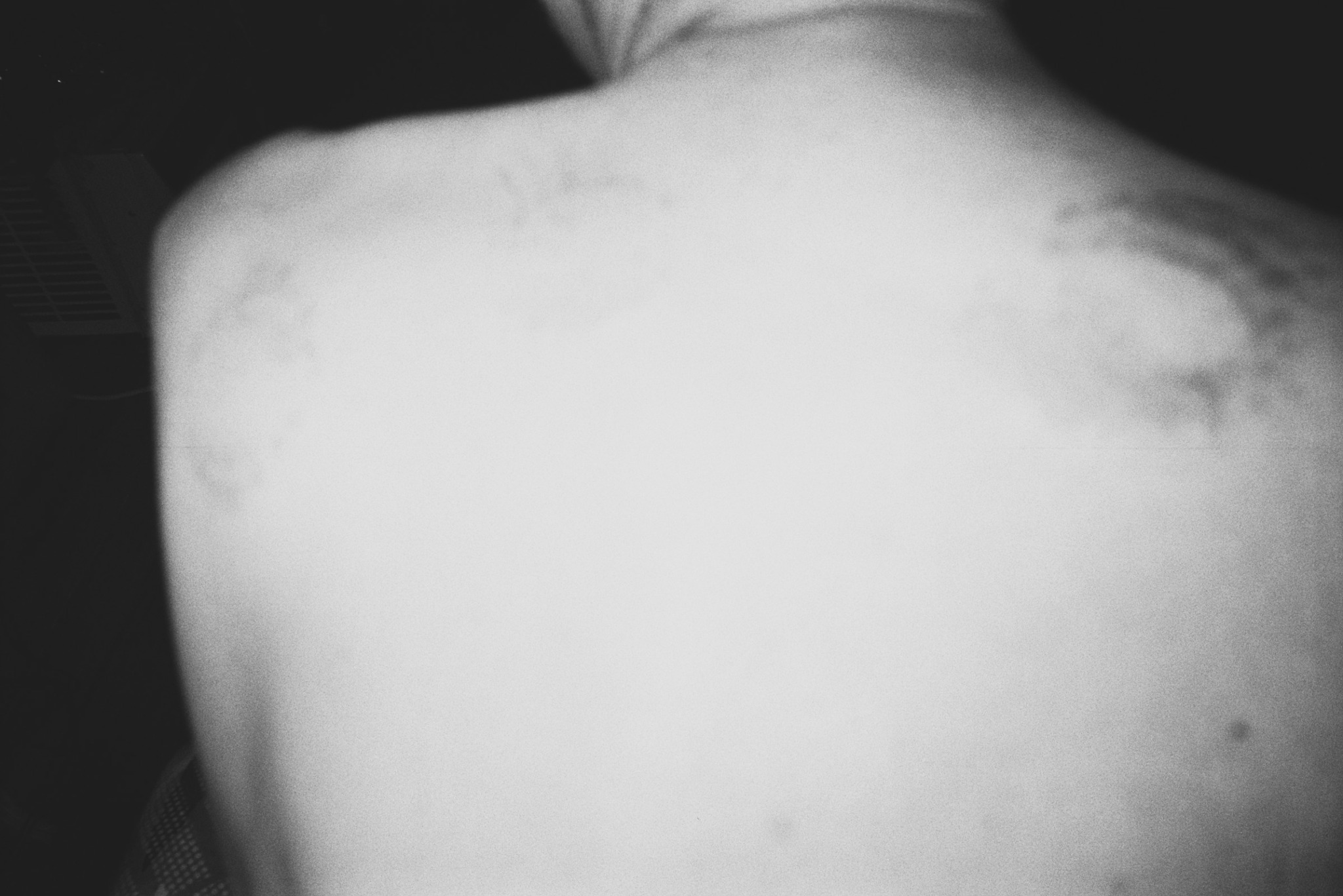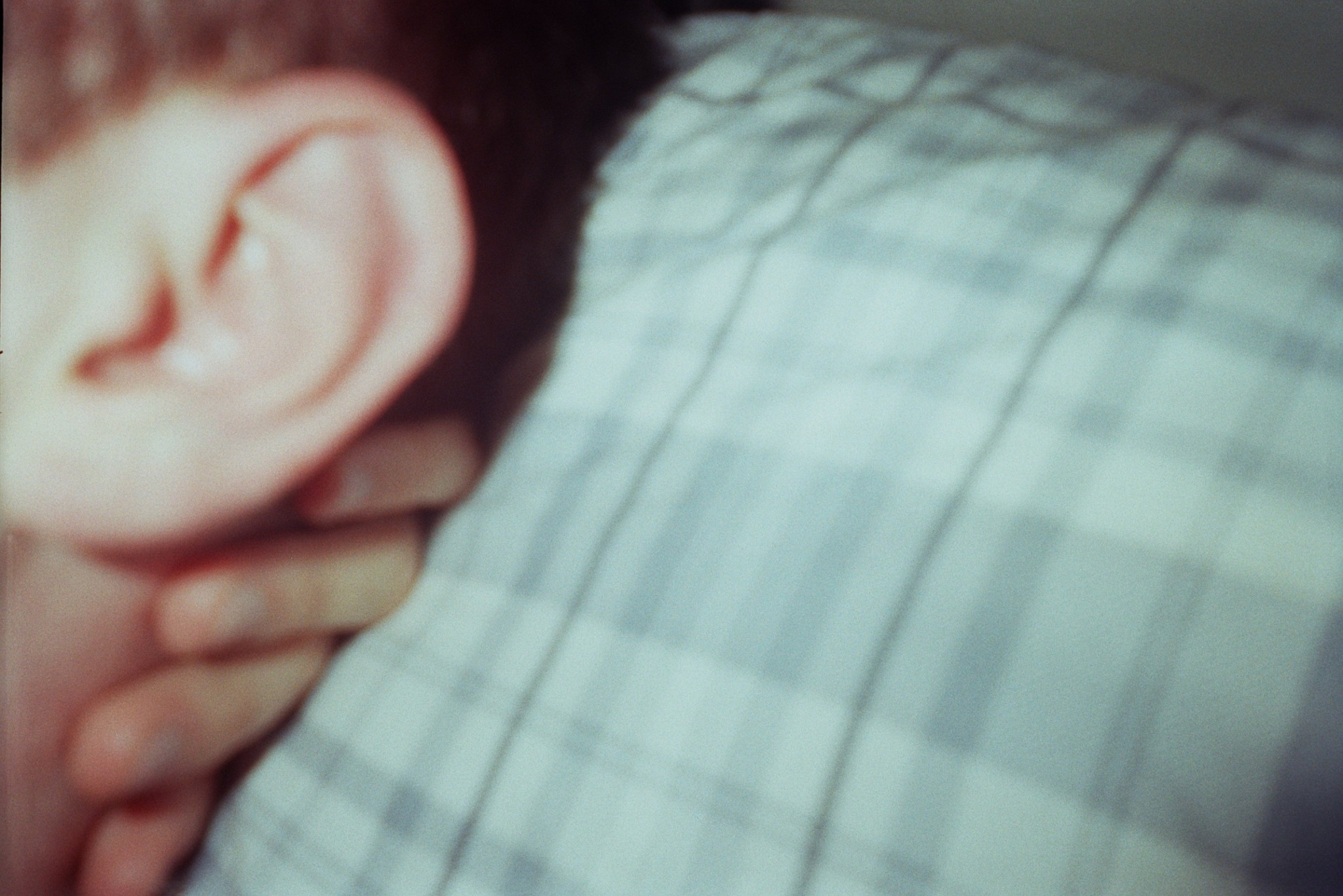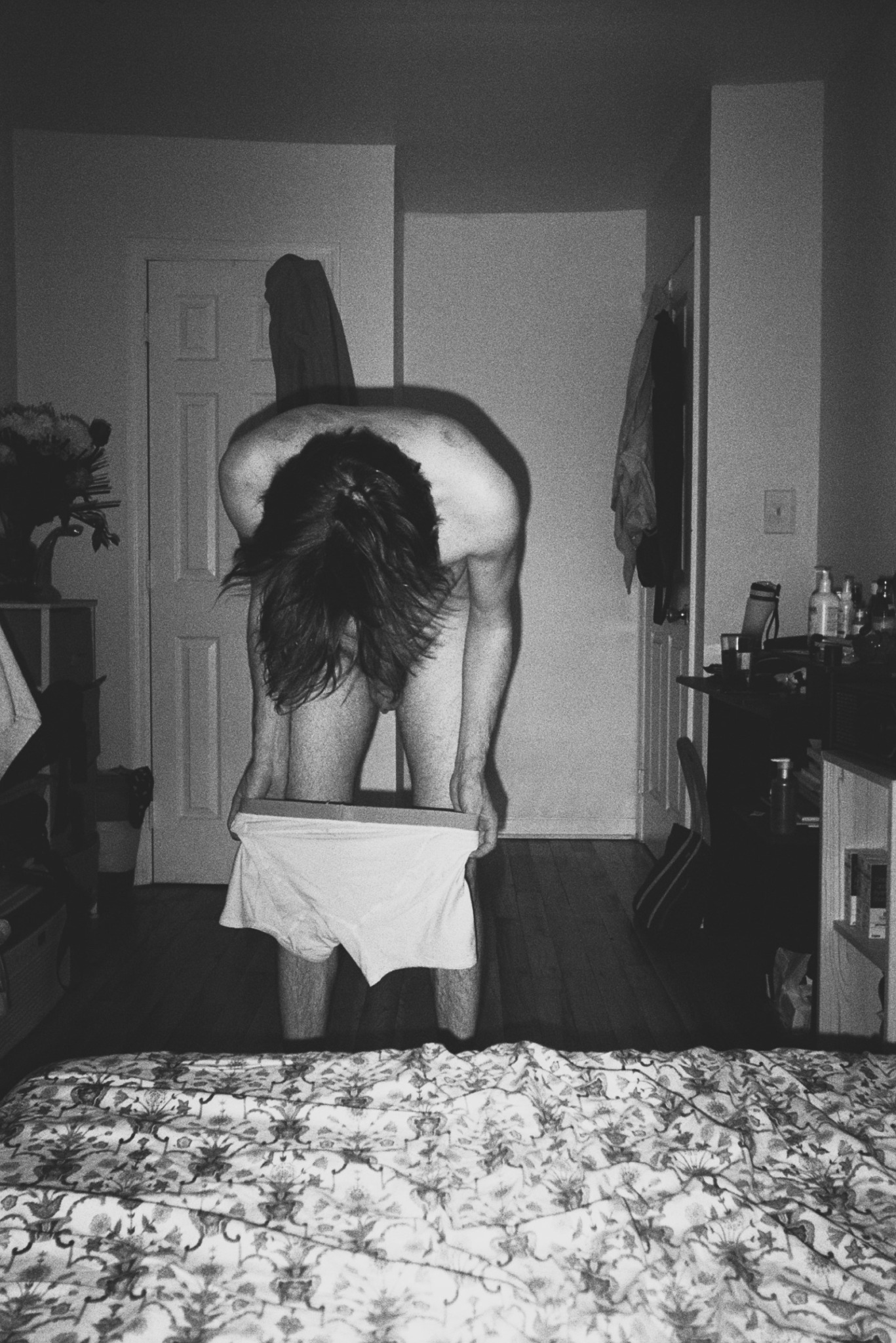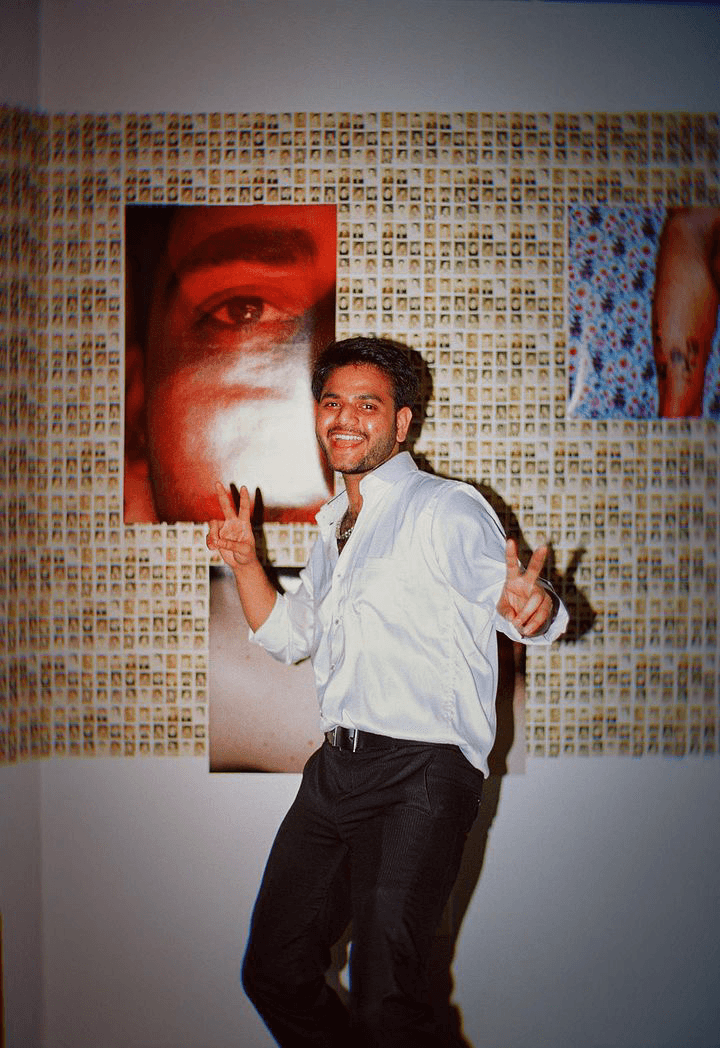Alright – so today we’ve got the honor of introducing you to Kunwar Prithvi Singh Rathore. We think you’ll enjoy our conversation, we’ve shared it below.
Kunwar Prithvi, thanks for joining us, excited to have you contributing your stories and insights. So let’s jump to your mission – what’s the backstory behind how you developed the mission that drives your brand?
As a queer South Asian visual artist and photographer based in New York, my mission is rooted in creating work that makes space for the emotional lives and interior worlds of those who have historically been unseen or misrepresented—particularly queer people and those navigating the diasporic experience. My practice is grounded in vulnerability, intimacy, and resistance. It pushes back against dominant, white-centric narratives and instead centers complexity, care, and connection.
This mission is meaningful to me because it was born from personal necessity. Growing up in a conservative town in India, I often experienced queerness as something that had to remain unspoken—especially within the family. Much of my early work focused on the emotional distance between South Asian men, including my own father and brother, and the rigid masculinity that shaped our expressions of love. I’ve photographed them in traditional jewelry and garments—often designed by my father—to soften the masculine image and create new possibilities of seeing.
But my work also exists in the present, in the chosen communities I’ve found and built in New York. Another major dimension of my practice focuses on the theme of performed intimacy—exploring how queer men express closeness, care, and emotional availability within a culture that often rewards image over substance. In the context of New York’s gay community, intimacy can be both omnipresent and elusive. I’m drawn to the quiet gestures: a hand on a shoulder, the stillness after a touch, the gaze that says more than words can. These photographs are often collaborations with lovers, friends, and others who trust me to document them not as objects, but as whole emotional beings.
What connects these two threads—family and lovers—is a desire to examine the architecture of closeness. My work asks: How do we learn to be intimate when we’ve inherited silence? How do we perform vulnerability when survival has taught us to guard it?
I hold an MFA in Photography from Pratt Institute, and my work has been exhibited widely across the United States and Europe in gallery and institutional contexts. I am currently working on a publication and preparing for upcoming exhibitions through 2025.
My mission as an artist is to create a living archive of tenderness, defiance, and belonging. Not to simplify identity, but to hold space for its contradictions—and to offer visual language for the stories we haven’t always had the permission to tell.
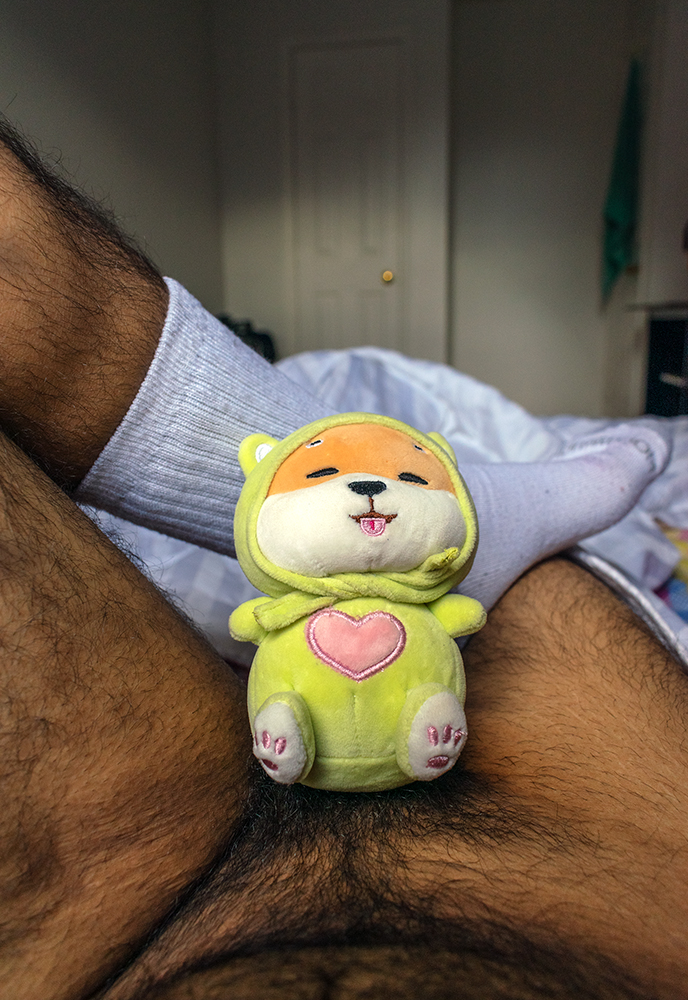
Kunwar Prithvi, before we move on to more of these sorts of questions, can you take some time to bring our readers up to speed on you and what you do?
I’m Kunwar Prithvi Singh Rathore, a visual artist, photographer, and creative consultant based in New York. I work across fine art, editorial, and cultural production—using photography as both a critical and poetic medium. While my work often reflects personal experiences, I also provide visual storytelling and creative direction for brands, publications, and institutions that value layered, thoughtful, and emotionally intelligent narratives.
I hold an MFA in Photography from Pratt Institute, and my work has been exhibited widely across the United States and Europe. I’ve also worked in collaborative roles as a producer, photography consultant, and researcher—helping creative teams shape visual campaigns, organize exhibitions, and develop culturally nuanced narratives. I’ve built strong working relationships with galleries, editors, curators, and art directors who trust my eye and my ability to shape complex stories into compelling images.
What sets my work apart is its ability to bridge deeply personal experience with broader cultural conversation. I’m not simply documenting—I’m offering new ways to see. Whether I’m working on an editorial portrait, an experimental photobook, or an installation, I’m always focused on creating work that feels honest, immersive, and beautifully unresolved.
I started my creative journey in India with a background in communication design, but I transitioned fully into photography when I realized how much power there was in the image—especially for someone like me, coming from a background where queerness and creative freedom weren’t always safe or visible. Over time, I’ve grown from student to professional, building a career that now includes gallery representation, international exhibitions, publication features, and creative partnerships.
I’m proud that I’ve been able to craft a career that doesn’t just check boxes—it’s built with intention, risk, and a deep commitment to representing those who don’t always see themselves in mainstream media or art spaces.
For potential clients, curators, or collaborators: know that I bring both vision and structure to every project I take on. Whether you’re looking for an artist, a consultant, or a creative partner, I offer depth, care, and an eye for storytelling that prioritizes truth over trend.
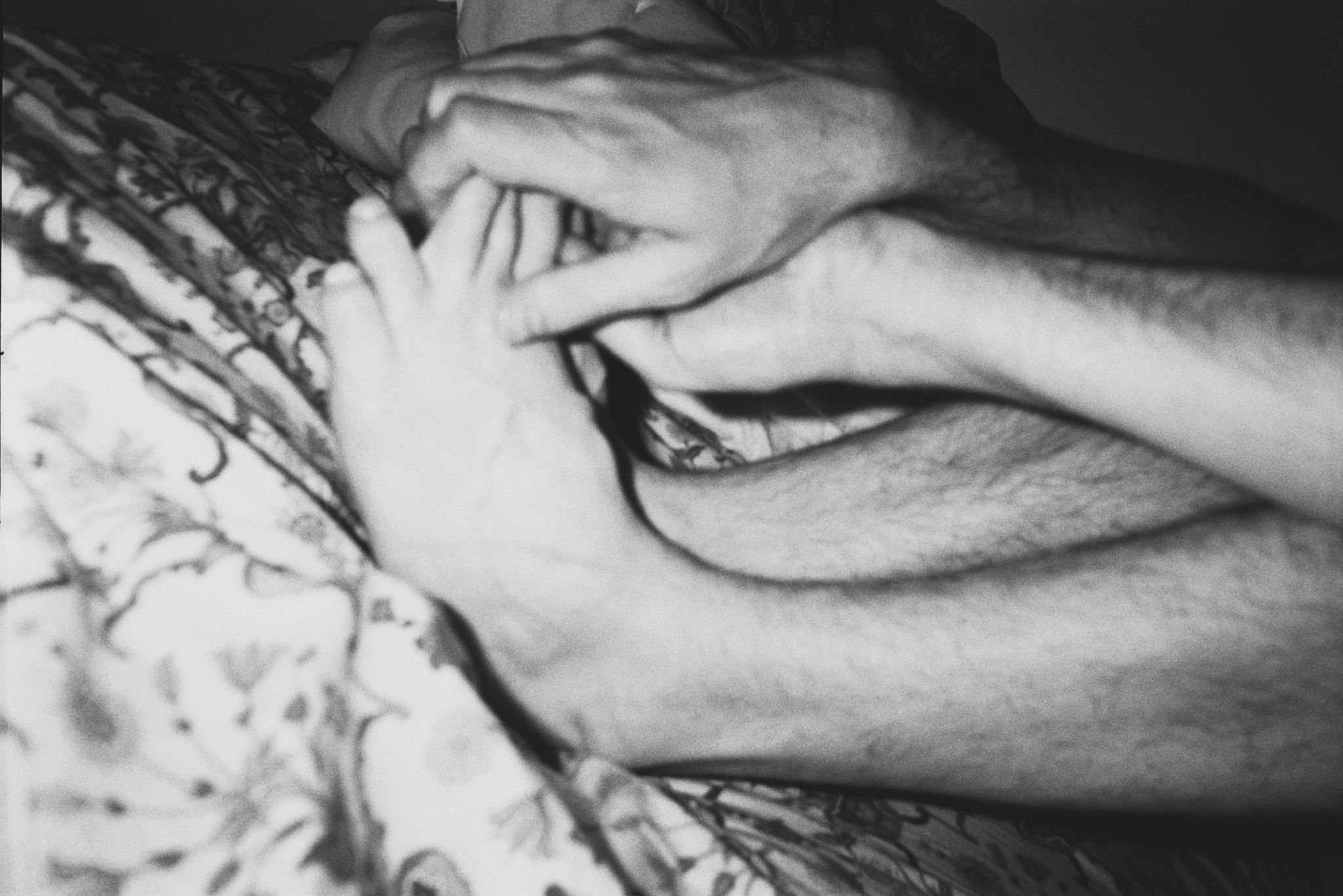
What do you find most rewarding about being a creative?
For me, the most rewarding aspect of being an artist is the ability to create space—for myself and for others. Space to feel, to question, to remember, to belong. I come from a context where silence was often safer than expression, and becoming an artist has allowed me to transform that silence into something visual, emotional, and meaningful.
What makes this work fulfilling isn’t just seeing the final image or installation—it’s the connections that happen along the way. When someone tells me that a photograph reminded them of a feeling they didn’t know how to name, or that they saw themselves reflected in work they didn’t expect to relate to—that’s the reward. It’s knowing that vulnerability, when shared through art, can build bridges across distance, culture, and experience.
Being an artist has also given me the freedom to author my own narrative—to move beyond expectations, categories, or limitations placed on me because of where I’m from, who I love, or how I express myself. That autonomy, that reclamation, is not just rewarding—it’s essential.
At the end of the day, the most meaningful part of this work is knowing that I’m contributing something honest, and that honesty has the potential to shift how someone sees themselves or the world around them. That’s the kind of impact I hope to keep building.
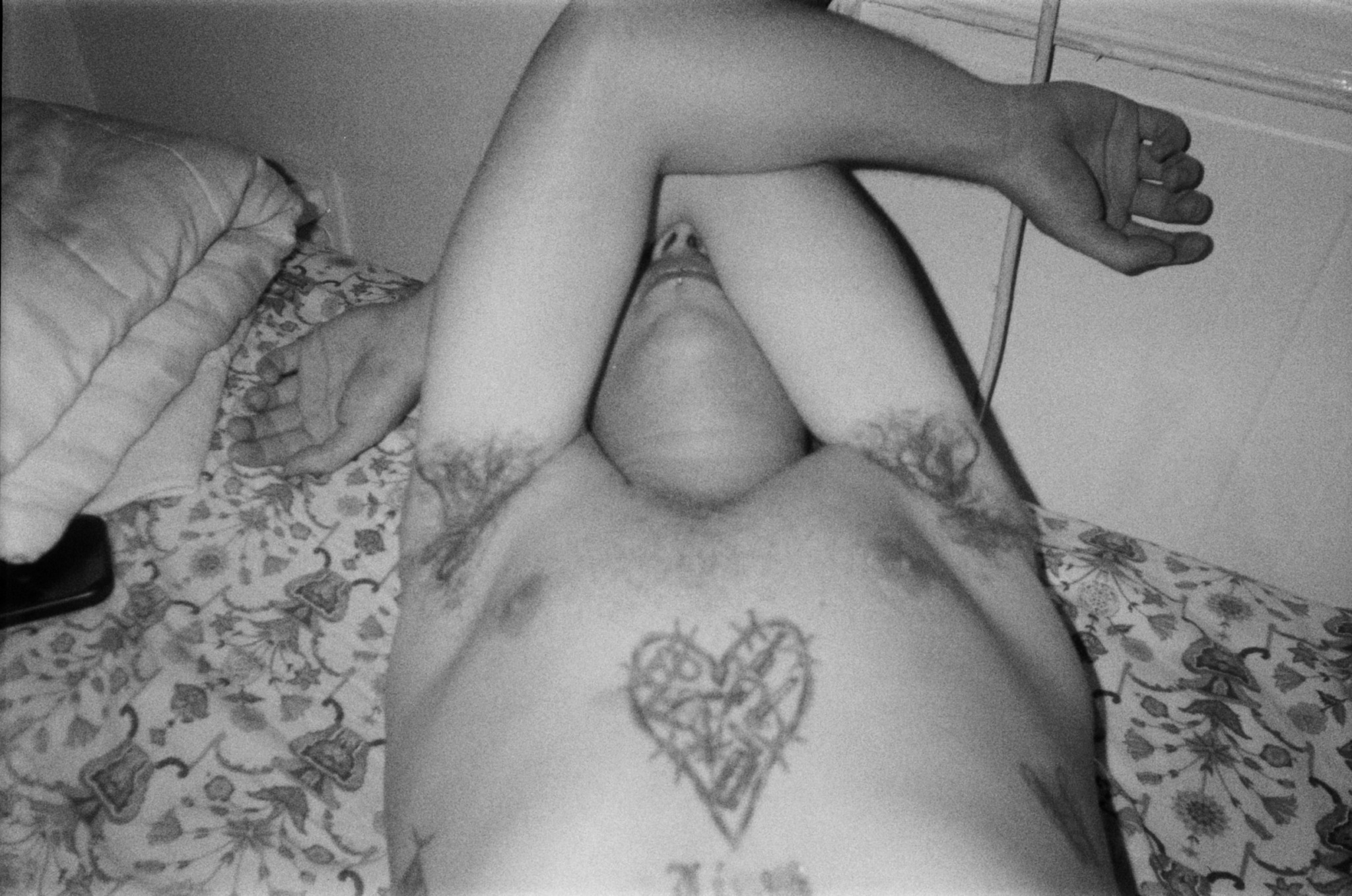
Do you think there is something that non-creatives might struggle to understand about your journey as a creative? Maybe you can shed some light?
One thing I think non-creatives often struggle to understand is that being a creative isn’t just about making beautiful things—it’s about constantly negotiating with uncertainty, vulnerability, and invisibility. Unlike more conventional careers, there’s no fixed path, no guaranteed outcome. You have to build your own map, often while unlearning systems that were never designed to support you in the first place.
Especially as a queer South Asian artist, the work I make doesn’t always fit neatly into mainstream expectations of “art,” “culture,” or even “identity.” That means I often find myself in the position of not just making the work, but also having to explain, contextualize, and sometimes even justify its existence—why it matters, who it’s for, what it represents. That emotional labor can be exhausting, especially when the art world or institutions engage with your work through a lens of tokenism rather than true understanding.
There’s also this misconception that creativity is effortless, or that artists are just “naturally talented.” In reality, my journey has involved years of trial and error, rejection, financial risk, emotional exposure, and a deep commitment to staying true to my voice even when it wasn’t always legible to others. There are moments of doubt, of isolation, of questioning whether any of it is landing—and still, you keep going, because the work means something.
What I’d offer to anyone outside of this world is this: creativity isn’t a luxury, it’s a form of survival. For many of us, it’s how we process our histories, resist erasure, and imagine new possibilities. If you can learn to see that—beyond the surface—you’ll understand just how much strength and intention it takes to live a creative life.
Contact Info:
- Instagram: https://www.instagram.com/kunwar_prithvi_singh_rathore/
- Linkedin: https://www.linkedin.com/in/kprithvisingh/
